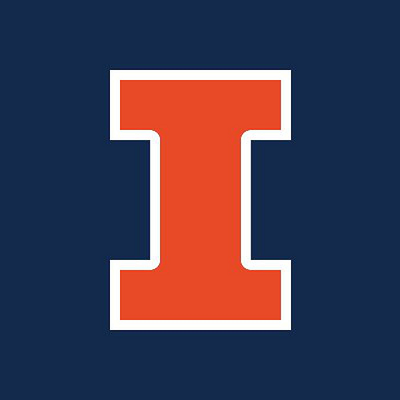
A new study from the University of Illinois has confirmed that the geographical region where sunflower meal (SFM) and sunflower expellers (SFE) are produced does not significantly impact phosphorus (P) digestibility in growing pigs. However, the research highlights that adding microbial phytase significantly increases phosphorus and calcium digestibility, making it a valuable tool for improving feed efficiency in swine production.
Study Overview:
Conducted by Jimena A. Ibagon, Charmaine D. Espinosa, and Hans H. Stein, the experiment evaluated the apparent total tract digestibility (ATTD) and standardized total tract digestibility (STTD) of phosphorus (P) and calcium (Ca) from seven different sources of sunflower co-products, including six types of sunflower meal (SFM) from the U.S., Ukraine, Hungary, and Italy, and one sunflower expeller (SFE) from the U.S.
A total of 112 growing pigs (18.0 ± 1.4 kg initial body weight) were used in the study, fed 14 different diets with and without 300 FTU/kg of microbial phytase. Fecal samples were collected and analyzed to determine mineral digestibility.
Key Findings:
✅ Production Region Has No Effect on Phosphorus Digestibility:
- The digestibility of phosphorus (P) was consistent across sunflower meal sources from different countries.
- However, sunflower expellers (SFE) had lower phosphorus digestibility compared to sunflower meal, indicating differences due to processing rather than geography.
✅ Microbial Phytase Significantly Improves Digestibility:
- Adding 300 FTU/kg of microbial phytase increased the ATTD and STTD of phosphorus in both SFM and SFE (P < 0.001).
- Phytase also boosted calcium digestibility, showing its effectiveness in breaking down phytate-bound minerals.
✅ Calcium Digestibility Varies by Sunflower Meal Source:
- Small differences in calcium digestibility were observed among sunflower meal sources.
- One U.S. SFM source had greater calcium digestibility compared to the Ukrainian sources.
- However, the addition of phytase reduced these differences, making calcium more bioavailable in all diets.
✅ Nutrient Composition Differences Due to Processing:
- Sunflower meal had higher phosphorus digestibility than sunflower expellers, likely due to differences in oil extraction methods.
- The amount of phytate-bound phosphorus varied between sources, impacting availability.
Implications for Swine Nutrition:
🔹 Phytase is essential for maximizing phosphorus and calcium availability in swine diets containing sunflower meal or expellers.
🔹 The location of sunflower meal production does not impact phosphorus digestibility, allowing flexibility in sourcing raw materials for pig diets.
🔹 Processing methods influence nutrient composition, meaning feed producers should carefully evaluate sunflower co-products before formulation.
🔹 Phytase reduces phosphorus excretion, supporting environmental sustainability by minimizing phosphorus runoff in manure.
Conclusion:
This study reinforces that microbial phytase supplementation is a highly effective strategy to improve phosphorus and calcium digestibility in sunflower-based pig diets. While sunflower meal remains a viable alternative protein source, producers should consider processing methods and enzyme supplementation to maximize its nutritional value.
🔗 Source: Animal Feed Science and Technology, Jan. 2025
Would you like any final refinements before publishing? 🚀





